Typical Lightroom processing steps.
In this post I’m going to outline my typical Lightroom processing steps I go through to take an image from the initial RAW capture to the final image. This is as much an aide memoir to my future self as a guide to others, and in no way is this the only sequence that could be used.
Typical Lightroom Processing steps in Images
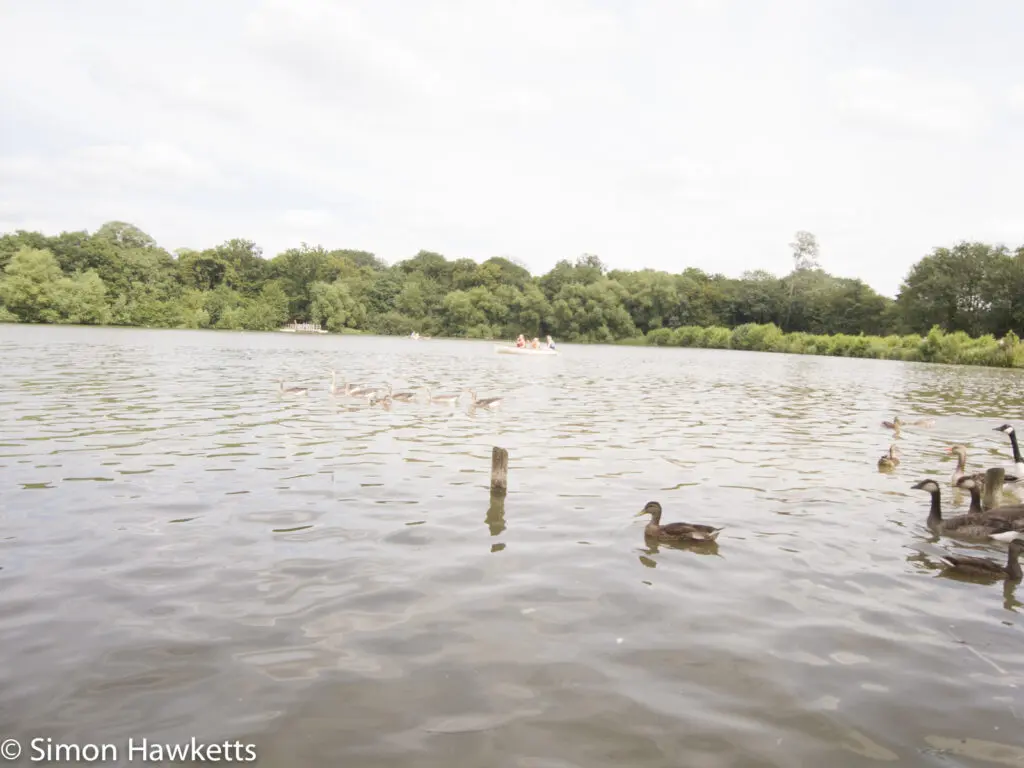
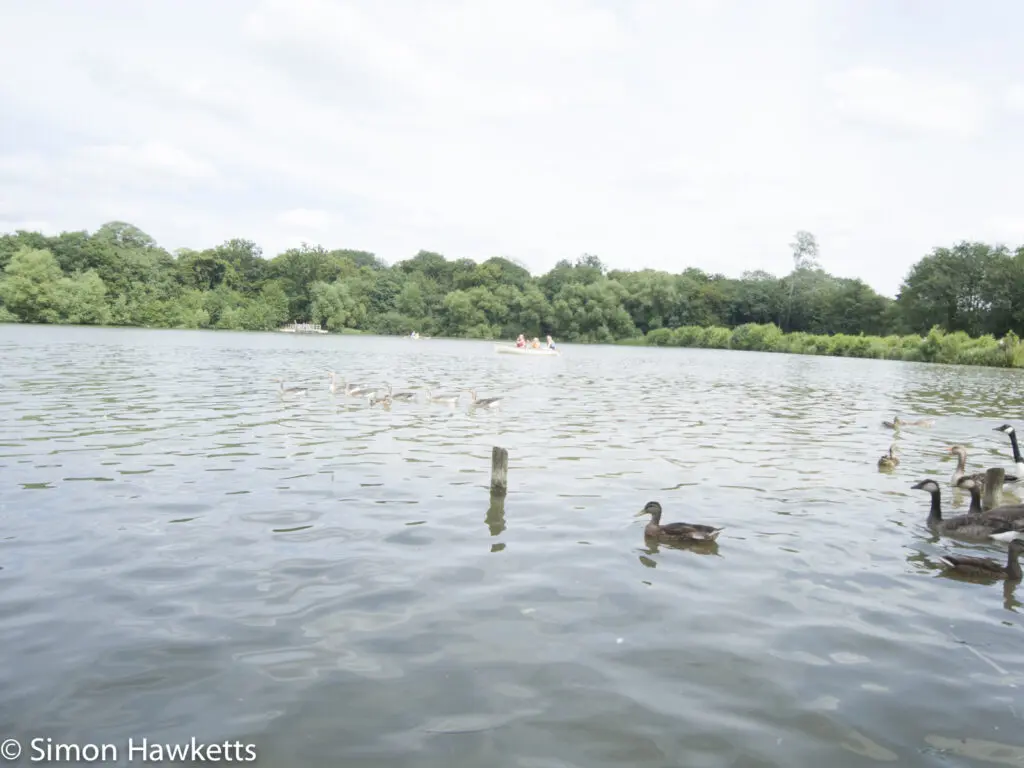
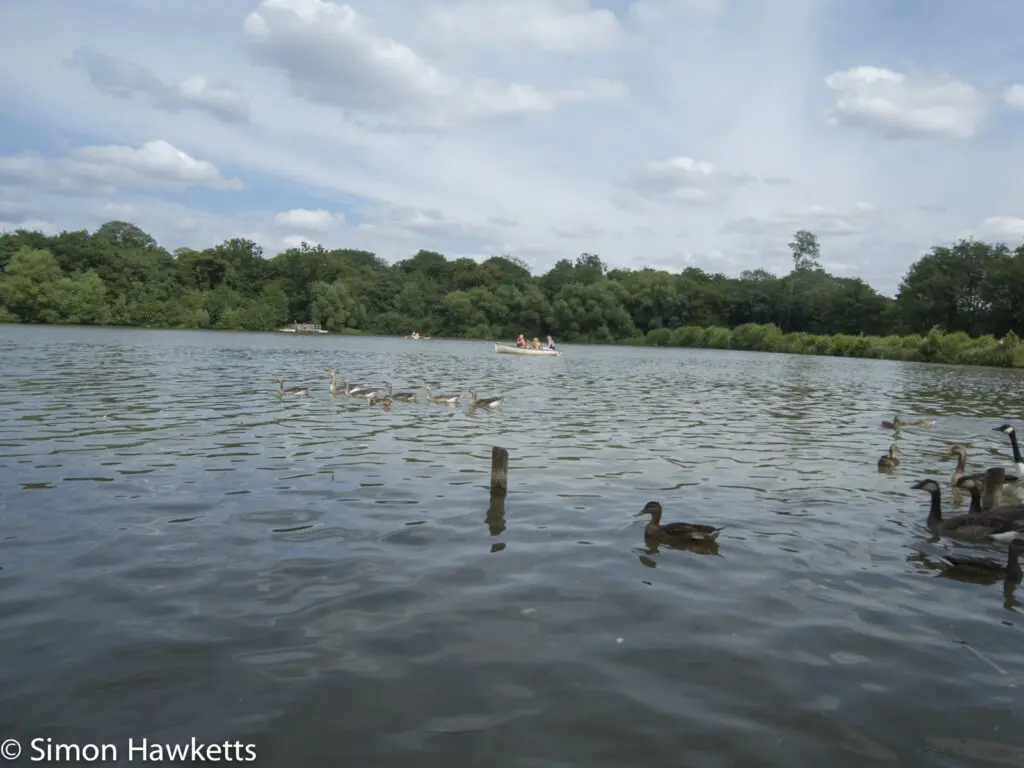
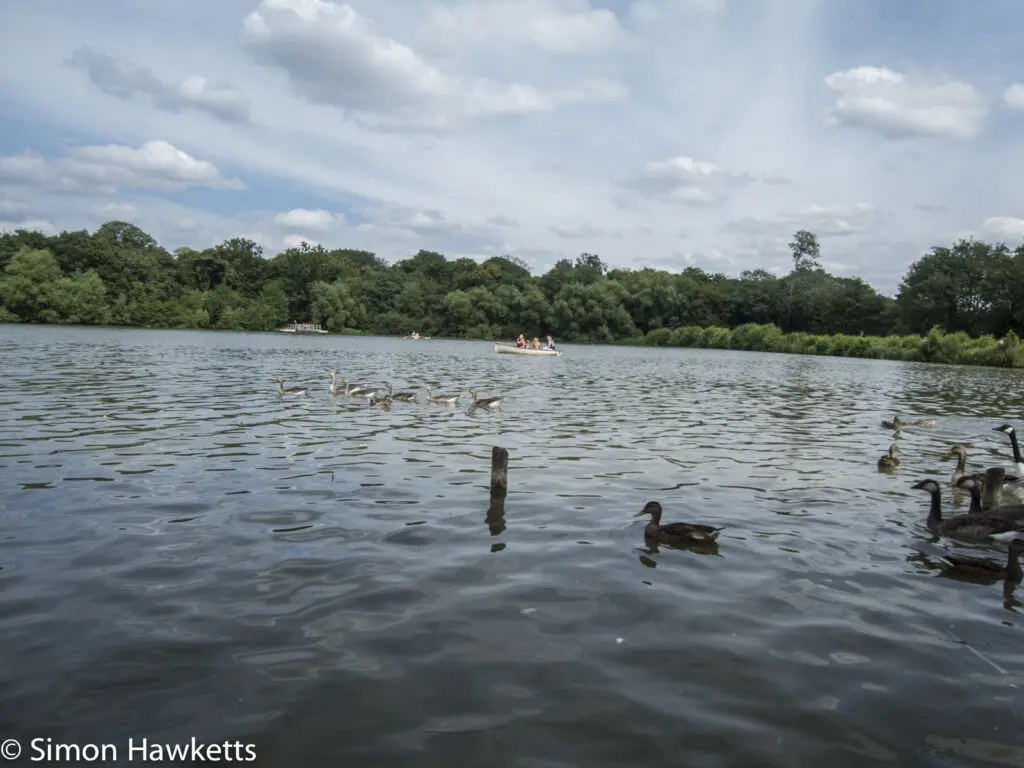
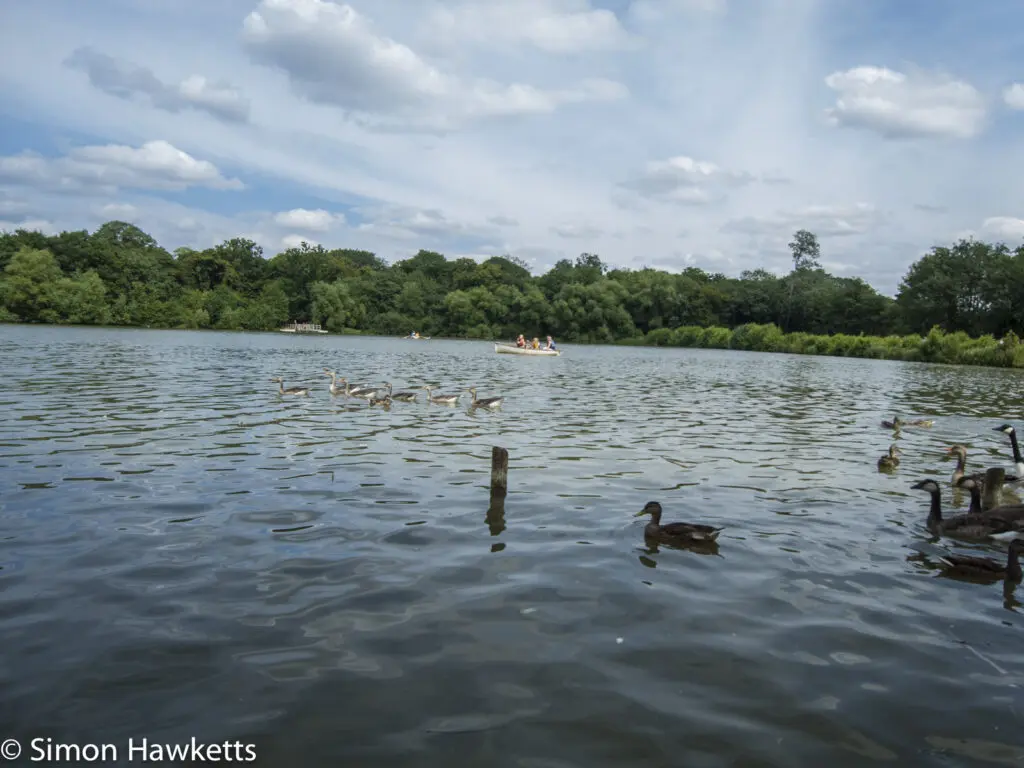
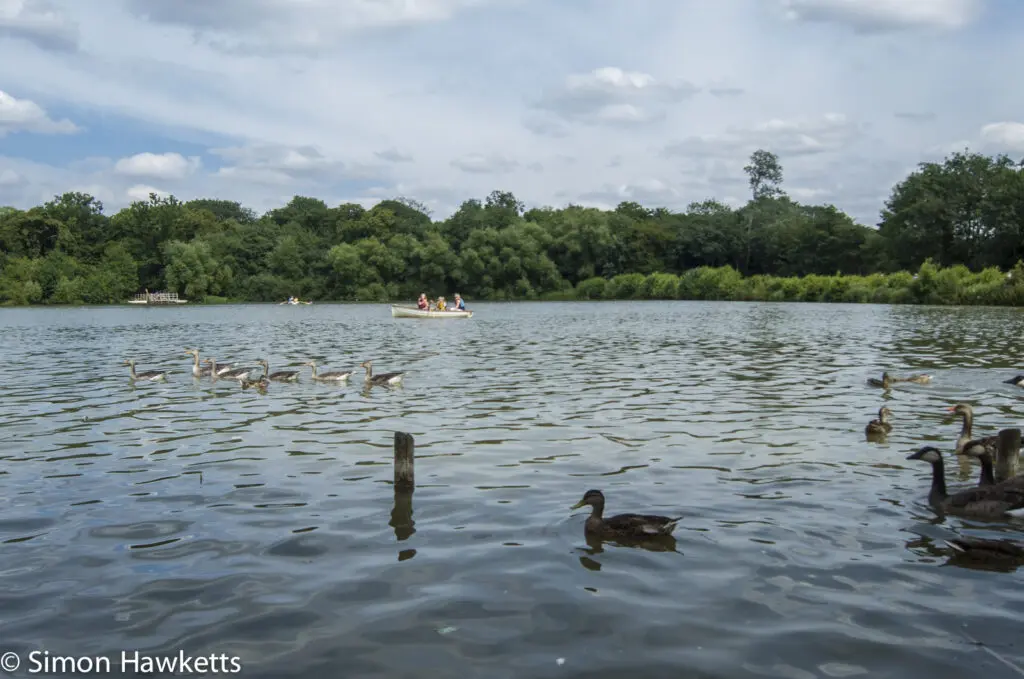
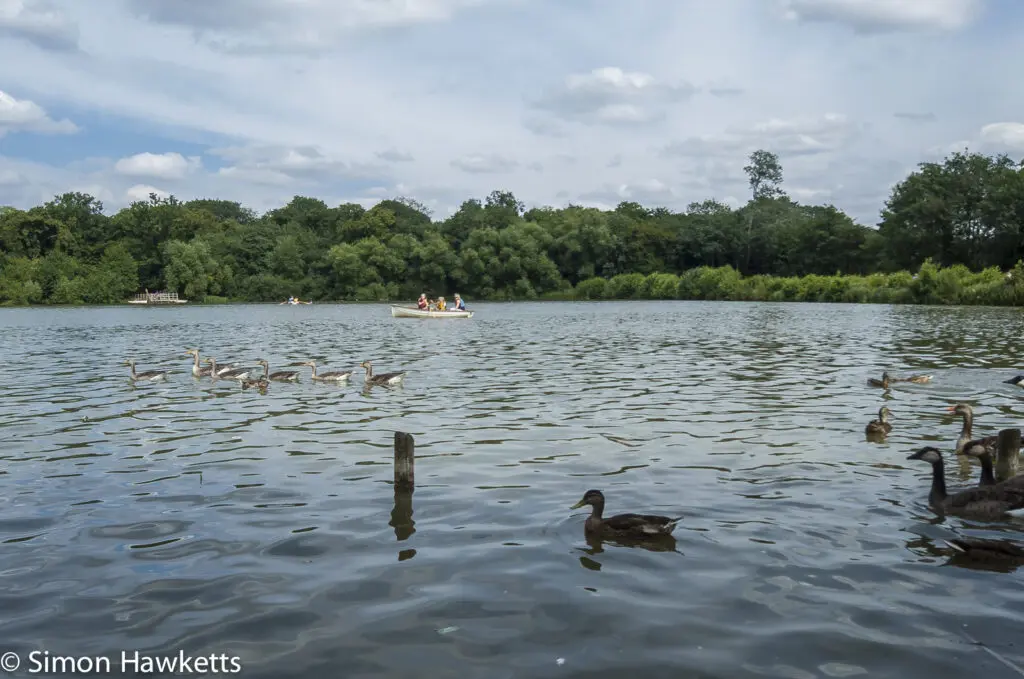
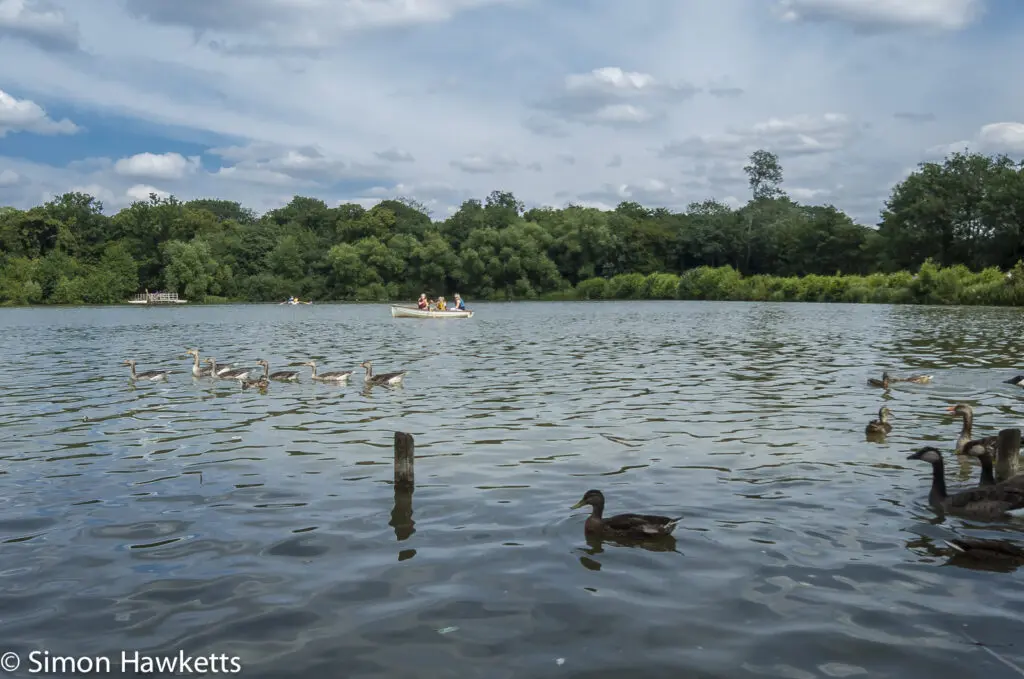
The image above is one that I took with my Ricoh GXR fitted with the S10 lens unit. The image is not a particularly good one but it seemed a reasonable choice to describe the steps I normally take.
First I need to say that this image was recorded in RAW as all my images are. The initial image above shows a picture which is over exposed and not level and doesn’t really have any part of the image which draws the eye or provides interest. In fact, because the picture is over exposed, the geese on the water beyond the post are almost indistinguishable.
The first step I took was to get the white balance set. In this case it was really just a case of selecting the daylight white balance preset in Lightroom, but in more difficult cases I sometimes use the picker to find an area of the picture which is white and correct for that point.
The next step was to get the exposure right. This involved reducing the over exposure by about 1 1/2 stops, dropping the highlights to get some detail back into the sky, and then increasing the shadow fill light a bit to get some detail into the dark areas of the trees.
I next adjusted the clarity and vibrance to push a bit more detail into the picture and boost the colours a bit. I try not to be too excessive here, because I have a tendency to over do this stage so I go to where I think it’s ok and then back off a step.
The next step I took was to crop the picture and straighten the horizon (it’s particularly galling that I had to do this since the GXR has a level indicator, as does my main camera the K5!) During this process I placed the post in the water at about the rule of thirds line in the final cropped image. Although this is not a be-all-and-end-all rule, I find it pretty effective and use it more often than not.
Sharpening was the next step I applied. By holding down the ALT key on the mac as I adjust the Radius, Detail and Masking controls it’s quite easy to set the level you want as the display turns to a monochrome image which the adjustment being made is highlighted. Once these three are set, the level of sharpening can then be set – which I did on the three people in the boat, zooming the display it as I adjusted.
I made one final tweak of the image, reducing the brightness of the sky using the HSL picker to select the point in the sky I wanted and dragging the luminance down.
As I said at the start, this is by no means the only way or necessarily the correct way to process images, but it has most of the steps I currently practice and will make useful reading for myself in a few months / years time.

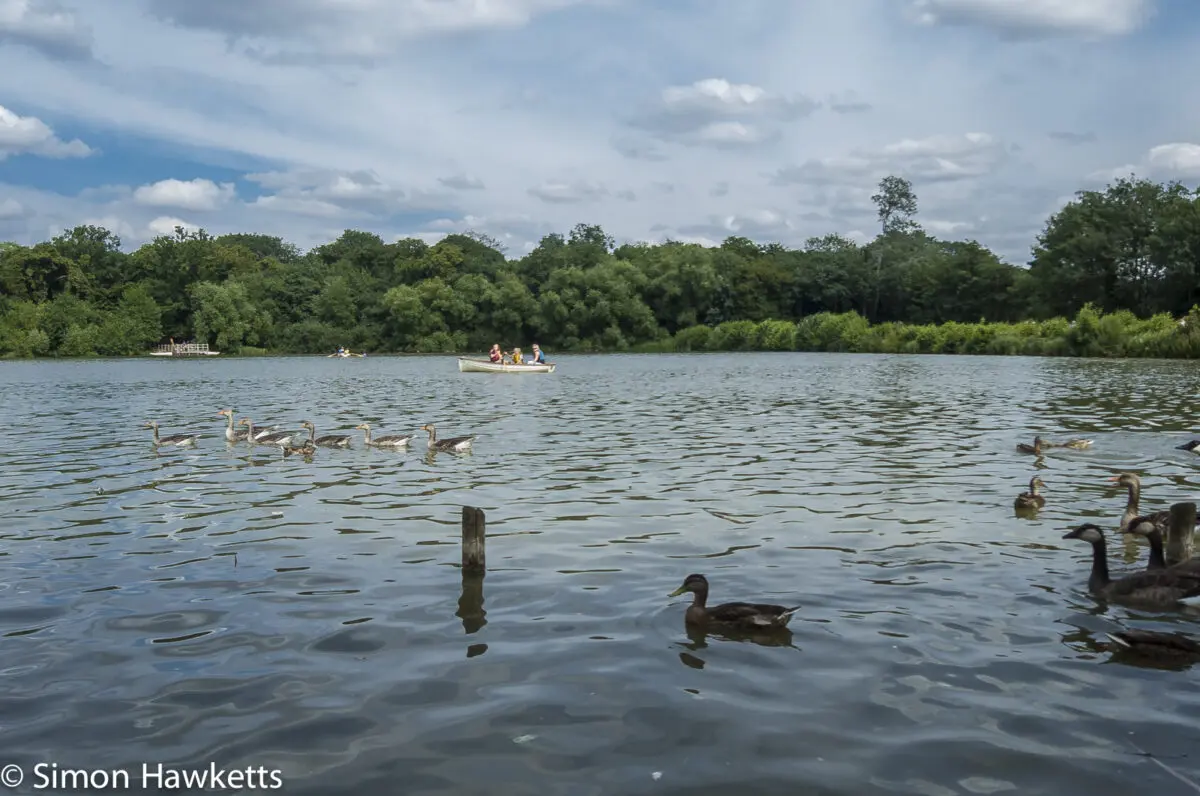
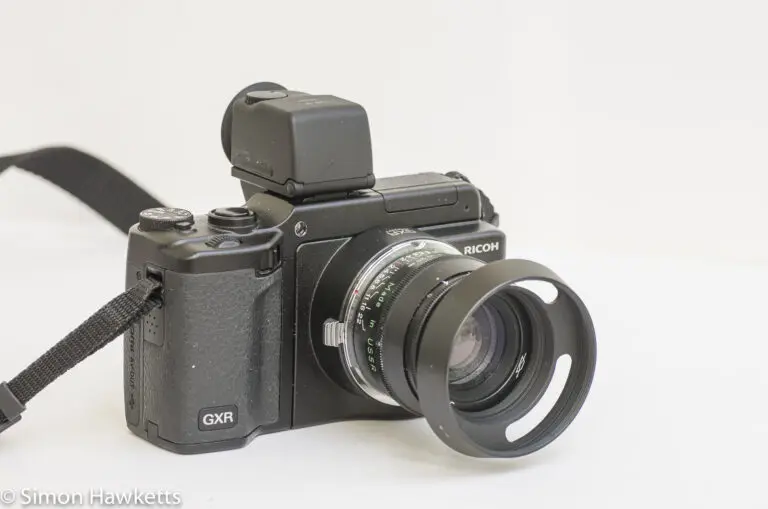
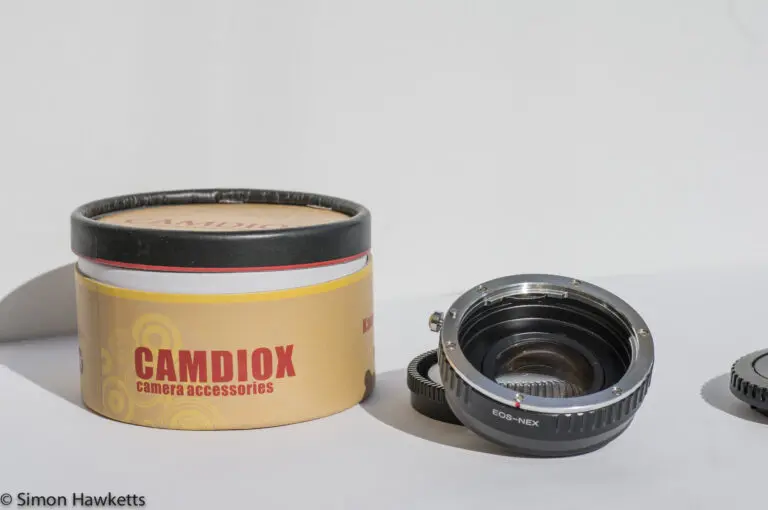
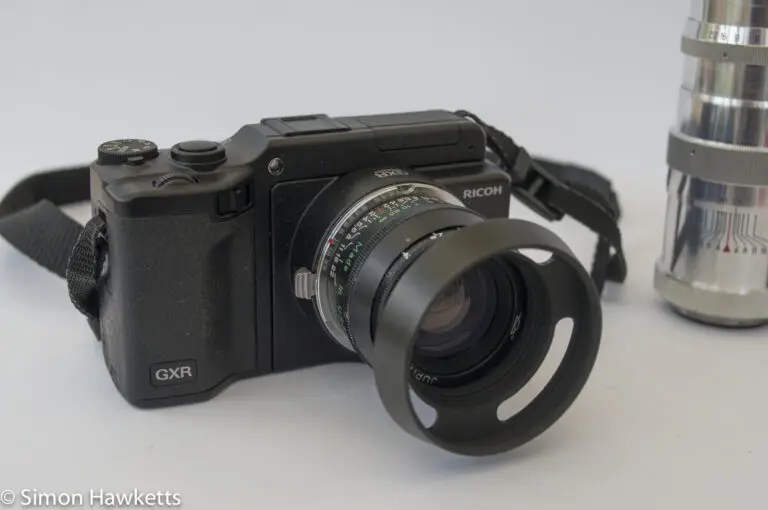
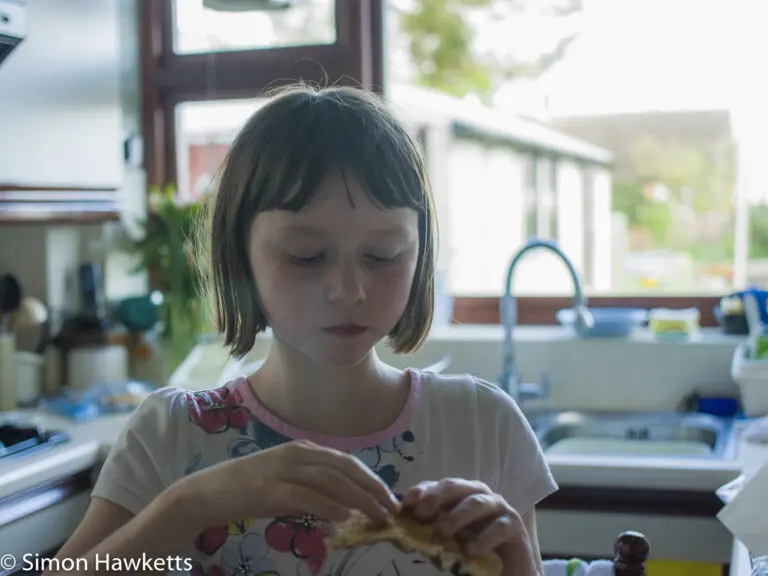
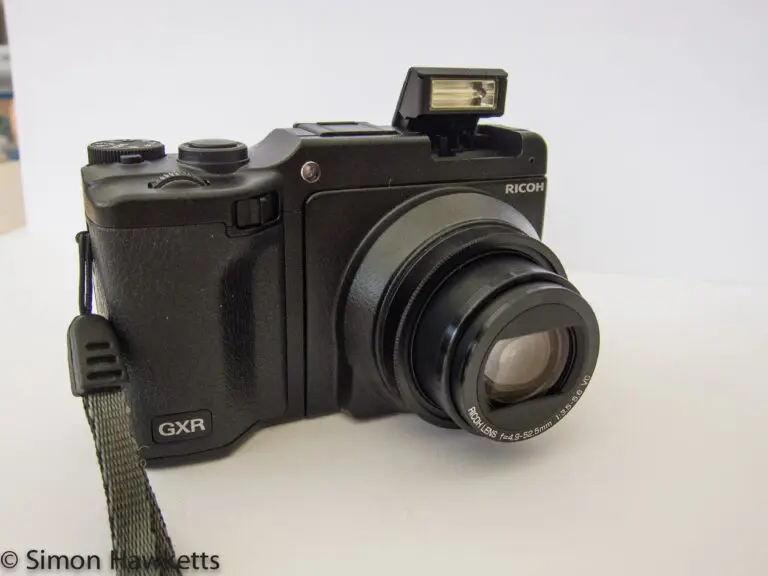
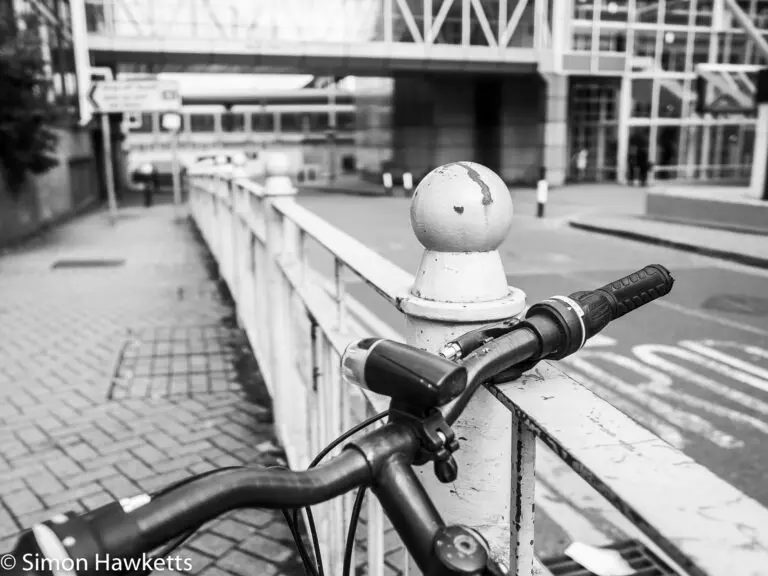
[…] post processing I followed my usual process, and also added a graduated filter from the top corner to reduce some over exposure in the […]
[…] followed my usual post processing procedure and cropped slightly from the original slightly taller […]
[…] using a Pentax K200D with 18-55mm standard kit lens. Normat post processing was done in Lightroom following the same processes I always use. As a picture it is fine, but the telephone line across the top right corner is […]
[…] of spring’ but they are all images I found interesting. They have all been shot in RAW and post processed in Lightroom and one shot had a bit of a clean up in […]
[…] These shots went through my normal Lightroom processing steps. […]
[…] of these shots were taken at F/1.8 to emphasise the shallow depth of field and I carried out my normal Lightoom processing […]
[…] of a star and I think these pictures in part show why I came to that conclusion. Although I did my normal Lightroom postprocessing, the colour in particular was very good when this lens was attached to the […]
[…] the lens down beyond f/8. On a couple of the pictures this led to visible marks, so as well as my normal Lightroom processing steps, I also had to use photoshop on a couple of pictures to remove those, and on one picture I removed […]
[…] of the pictures included here were taken in raw and processed in Lightroom 5 using the same workflow I always […]
[…] bit dull and lifeless on first import into Lightroom, they punched up nicely when I went through my standard Lightroom workflow with […]
[…] All these shots were taken in natural light and using either aperture priority or shutter priority mode on my sony nex 6 with a Tamron 90mm f/2.8 macro lens. The post processing was all done in Lightroom 5 following my usual processing steps. […]
[…] processed in Lightroom gallery are all images I’ve run through my normal Lightroom processing steps. This gallery is really to show off the lens in its best light and to show the sort of image […]
[…] of these pictures have been processed in Lightroom using my normal post processing […]
[…] All these pictures were taken with my Takumar prime lens set and processed in Lightroom using my normal post-processing workflow from the raw […]
[…] today just to show off what the lens is capable of. These were all processed using my normal post processing workflow in […]
[…] This post shares a few sample pictures and a video I took with my Sony Nex 6 camera fitted with an M42 mount Meyer-Optik Gorlitz Domiplan 50mm f/2.8 manual lens. I received this lens as part of a Praktica Nova 1B kit I bought from eBay last week and I’ve been interested in how the lens would perform. I may do a fuller review later, but for the moment I’m quite impressed with the quality of this lens, which was a bottom of the range intro lens for praktica 35mm SLR’s. All these pictures have been processed using my normal Lightroom workflow. […]
[…] I’ve post-processed these in Lightroom using my usual steps […]
[…] I post-processed these shots in Lightroom using my usual post-processing techniques. […]
[…] All these images were processed using Lightroom 5 using my normal post-process steps. […]
Have you ever tried Photo Ninja? Not as complete as Lightroom, but there’s one feature I do wish LR had. It has a selective colour tool (as does LR) whjere you can saturate (etc) certain colours. The differenec eis that you can also affect neighbouring hues on a progressive sliding scale so that the end result is not too isolated or garish.
I’ve not tried it but I’m always up for trying new things out so I may download a copy – I assume there is a trial period of some sort.
Yes, there is a fairly generous trial period where all functions are accessible except for saving files. It’s CPU intensive, but the way it renders RAW files before any processing is quite impressive. Better RAW file demosaicing algo than LR according to the reviews I’ve come across. Limited in other areas though.
Did you manage to try out the demo Simon?
I haven’t yet – actually been quite busy looking at coffee development 🙂
Ha, yeah I read that article. Very interesting actually. Pity the rest of the roll was all bunched up though. Sounds like it would be cheaper and more environmentally friendly than the regular chemicals?
I think it’s certainly cheaper and yes I guess it must be cleaner too because I could just pour it down the sink when I’d done. For me the big advantage would be to make up some developer from the materials and use it when required. I bought a bottle of commercial developer but it had gone off after I only developed a couple of films because I don’t do that much film photography.
[…] There was a small amount of chromatic aberrations – particularly when shooting into the sun, but these were easily fixed in Lightroom by choosing a profile of a similar lens (I used a pentax 300mm lens) and applying the corrections. The pictures were post processed using my usual post processing techniques. […]
[…] Obviously, there are several parts of a church interior which are dark places, so a lot of these pictures were taken with wide apertures and using my camdiox focal reducer, which adds about a stop to each lens attached, but even so a lot needed quite high ISO to reduce the shutter speed to a point where I could hand hold. The majority of this pictures were taken with a Takumar 55mm f/1.8 on the Camdiox, or a Soligor 28mm f/2.8, and all the pictures have been processed in Lightroom CC using my normal workflow. […]
[…] level of performance from the lens/sensor unit. Each of these were processed in Lightroom using my normal processing steps but didn’t require a great deal of […]
[…] are some examples I’ve taken over the course of the last few days. These have had my usual tweaks in Lightroom but haven’t needed a great deal of […]
[…] The pictures below are ones I’ve taken over the last couple of weeks as I had the camera with me on various walks and family occasions – they have been processed in Lightroom CC using my normal workflow. […]
[…] All the images were taken in RAW and processed in Lightroom CC using my normal workflow. […]
[…] bathed in late evening sunshine. All these pictures have been imported into Lightroom CC for post processing and then exported at 1600px on the longest […]
[…] we got home I imported the pictures into Lightroom and picked the shots which I found the most appealing to include in this […]
[…] we returned I imported the pictures into Lightroom CC and applied my normal workflow process. The panorama was stitched together in Lighroom using the new Merge to Panorama option, and then […]
[…] couple of years ago I wrote a post which described the normal steps I take when post processing pictures in Lightroom. The procedures I describe there are still the way I carry out post processing when dealing with […]
[…] These pictures were all taken on a walk this morning using Shutter Priority and Auto ISO which allowed me to set both aperture (on the lens) and shutter speed (on the camera) and the camera to set the iso. The images were imported into lightroom and processed using my normal processing steps. […]
[…] The 35mm shots were developed by Photo Express in Hull and also scanned by them, although following the success I’ve had with home scanned negatives, I may rescan some of my favourite pictures myself later. All the pictures were imported into Lightroom for post processing using the steps I normally take. […]
[…] much needed in terms of exposure correction for any of the pictures. I carried out my usual processing work flow and then had a think about the things I would change and what I learnt from the […]
[…] All these pictures were taking in Raw and imported into Lightroom where I used my normal digital workflow. […]
[…] all shot in Raw and imported into Lightroom CC where they had a minimal amount of Post Processing following my usual workflow before being exported as Jpeg files with a max length of 1000 […]
[…] bit dull and lifeless on first import into Lightroom, they punched up nicely when I went through my standard Lightroom workflow with […]
[…] of these shots were taken at F/1.8 to emphasise the shallow depth of field and I carried out my normal Lightoom processing […]
[…] today just to show off what the lens is capable of. These were all processed using my normal post processing workflow in […]
[…] All these pictures have been processed using my normal Lightroom workflow. […]
[…] and the camera to set the iso. The images were imported into lightroom and processed using my normal processing steps. To view these pictures in more detail look at the full sized versions here – use the arrow […]
[…] There was a small amount of chromatic aberrations – particularly when shooting into the sun, but these were easily fixed in Lightroom by choosing a profile of a similar lens (I used a pentax 300mm lens) and applying the corrections. The pictures were post processed using my usual post processing techniques. […]
[…] shots went through my normal Lightroom processing steps. Click on any picture for a bigger clearer image or to view in full size follow this link and […]
[…] These samples were taken on a Sony Nex 6 APS-C camera in and around Loughborough in Leicestershire on a recent family trip. The macro images were taken with a short extension tube fitted to the lens to reduce the close focus distance. All the images were taken in RAW and processed in Lightroom CC using my normal workflow. […]
[…] All these pictures were taking in Raw and imported into Lightroom where I used my normal digital workflow. […]
[…] Each of these pictures were imported into Lightroom where they had a minimum amount of post processing, following my usual workflow. […]
[…] level of performance from the lens/sensor unit. Each of these were processed in Lightroom using my normal processing steps but didn’t require a great deal of alteration. You can see these, and all the other pictures […]
[…] The 35mm shots were developed by Photo Express in Hull and also scanned by them, although following the success I’ve had with home scanned negatives, I may rescan some of my favourite pictures myself later. All the pictures were imported into Lightroom for post processing using the steps I normally take. […]
[…] of the pictures included here were taken in raw and processed in Lightroom 5 using the same workflow I always use. Use the gallery below to view the pictures or see the full size versions […]
[…] the lens down beyond f/8. On a couple of the pictures this led to visible marks, so as well as my normal Lightroom processing steps, I also had to use photoshop on a couple of pictures to remove those, and on one picture I removed […]
[…] All these shots were taken in natural light and using either aperture priority or shutter priority mode on my sony nex 6 with a Tamron 90mm f/2.8 macro lens. The post processing was all done in Lightroom 5 following my usual processing steps. […]
[…] couple of years ago I wrote a post which described the steps I normally take when post processing pictures in Lightroom. The procedures I describe there are still the way I carry out post processing when dealing with […]
[…] all shot in Raw and imported into Lightroom CC where they had a minimal amount of Post Processing following my usual workflow before being exported as Jpeg files with a max length of 1000 […]
[…] post-processed these in Lightroom using my usual steps and there are full sized version available by following this […]
[…] Obviously, there are several parts of a church interior which are dark places, so a lot of these pictures were taken with wide apertures and using my camdiox focal reducer, which adds about a stop to each lens attached, but even so a lot needed quite high ISO to reduce the shutter speed to a point where I could hand hold. The majority of this pictures were taken with a Takumar 55mm f/1.8 on the Camdiox, or a Soligor 28mm f/2.8, and all the pictures have been processed in Lightroom CC using my normal workflow. […]
[…] All these images were processed using Lightroom 5 using my normal post-process steps. […]
[…] The pictures below are ones I’ve taken over the last couple of weeks as I had the camera with me on various walks and family occasions – they have been processed in Lightroom CC using my normal workflow. […]